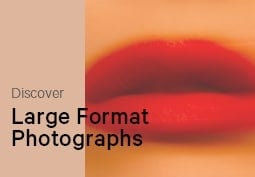Articles and Features
Cursed Images: A Short History of The Uncanny

By Tori Campbell
What are Cursed Images and How Does One Find Them?
Consensus has come to define a cursed image as any image that can incite the five Ws in a viewer’s curiosity: who, what, when, where and why. When the clarity of information like these key details are lacking from an image, it is inevitable, there are more questions than answers. We take a look at the history of these images, from the early day of surrealism to the present day.
Tumblr & the Online Origin of Cursed Images
The cursed image as a concept originated from a Tumblr blog in 2015. “At the time, I had a voyeuristic hobby of searching the archives of Flickr to look at forgotten flash photography from years in the past,” explained the owner of cursedimages.tumblr.com. When interviewed by Paper Magazine on the condition of anonymity the 19-year-old female photography and film student from the American Northwest explained “some of these forgotten photographs just had an eerie mood about them, like someone had captured a moment from a dream or another life. I was particularly interested in finding photos of dark and empty rooms, mannequins and costumes, all of which became common themes among cursed images.”
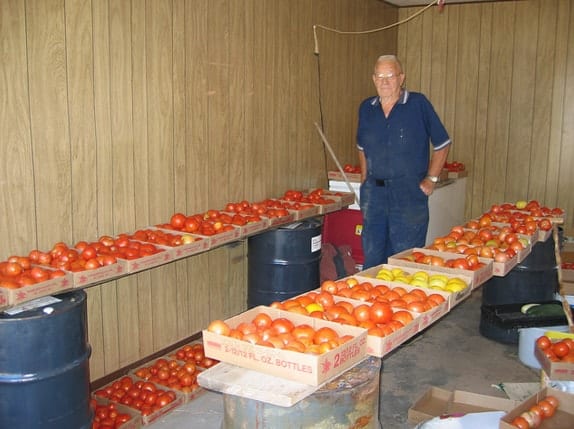
The first image ever posted to the blog depicted a man surrounded by crates of red tomatoes in a wood-effect melamine panelled basement, the kind of banal everyday Americana interior afficionados of William Eggleston and Stephen Shore are familiar with. “It’s the perfect cursed image to me because there’s nothing inherently unsettling about any part of it,” said the blogger “It’s a totally mundane moment transformed into something else by the camera and the new context I’ve given it.”
The five Ws are most commonly derived from a found analogue (non-photoshopped) image that has been taken with an old flash camera or phone. The image often has an improvised or amateurish feel, containing odd effects of light, often from a flash, random and puzzling items placed in incongruous places or in unusual ways. Somehow things are not how our brains believe they are supposed to be, and this prevailing sense is our predominant source of unease or disquiet. They lurk in every dark recess of the online world, passed around in group chats, social media and amidst the digital margins. Their sources and participants are unknown and unknowable—circulated oddments of a culture or system of behaviour passed from one individual to another—car crash viewing with the visceral cocktail of unease, horror, repulsion and bewilderment.
Whilst this kind of imagery may be a relatively new online phenomenon, drip fed into our lives through the omnipotence of the internet and the joined-at-the-hip reliance we all have on connected devices, the kind of disquiet propagated by cursed images has long been a source of fascination for artists.
A Short History of the Uncanny
First identified by Ernst Jentsch in his 1906 essay On the Psychology of the Uncanny, Sigmund Freud popularised the term a decade later with his 1919 essay The Uncanny. The concept of “the uncanny” can be considered an apt explanation of why we find “cursed images” so…cursed. Described as the psychological experience of something as strangely familiar, or as Jentsch illustrated as an experience of “intellectual uncertainty”, the concept of the uncanny is difficult to describe as it is rooted in deeply personal reactions to visual stimuli. However, Freud’s essay outlines prevailing themes that could elicit the feeling of the uncanny, of which “applies to everything that was intended to remain secret, hidden away, and has come into the open”. Experimenting with, and replicating this revulsion, fear, and discomfort that comes with exposure to the uncanny or cursed images has fascinated visual artists since its coining.
The Uncanny and the Arts
Surrealist artists can be considered some of the first artists to expressly explore the concept of the uncanny in their work. With an aim to reject a rational and literal portrayal of life, the artists focus on dreamlike worlds full of magic, distortion, horror, and the unconventional. Their philosophy, labelled “surrealist” or “beyond reality”, was explicitly expressed by André Breton in his 1924 Surrealist Manifesto which explained the movement as: “pure psychic automatism, by which one proposes to express, either verbally, in writing, or by any other manner, the real functioning of thought. Dictation of thought in the absence of all control exercised by reason, outside of all aesthetic and moral preoccupation.”
Beyond surrealism, the abject art movement of the late 20th century could be considered a great contributor to the creation of “cursed images” and “the uncanny” in artistic practice. Developed by Julie Kristeva in her 1980 book Powers of Horror, abjection can be considered a complex psychological, philosophical, and linguistic concept influenced by bodily functions and aspects of the body that are deemed unclean or inappropriate for public display. Kristeva explained, “refuse and corpses show me what I permanently thrust aside in order to live”. The exploration of this underbelly of humanness was pioneered by feminist artists in response to the patriarchal view of the female body. Though surrealists and abject artists may create with different goals, philosophies, and mediums; they are united in the creation of portrayals of the uncanny in contemporary art; bringing what is seen in popular culture as cursed images into galleries, museums, and the unconscious for decades.
Cursed Images: Photo Examples
Have a look at these unsettling examples of modern and contemporary artworks that demonstrate how the ‘cursed image’ has been with us for much longer than perhaps many of us realised.
Hans Bellmer
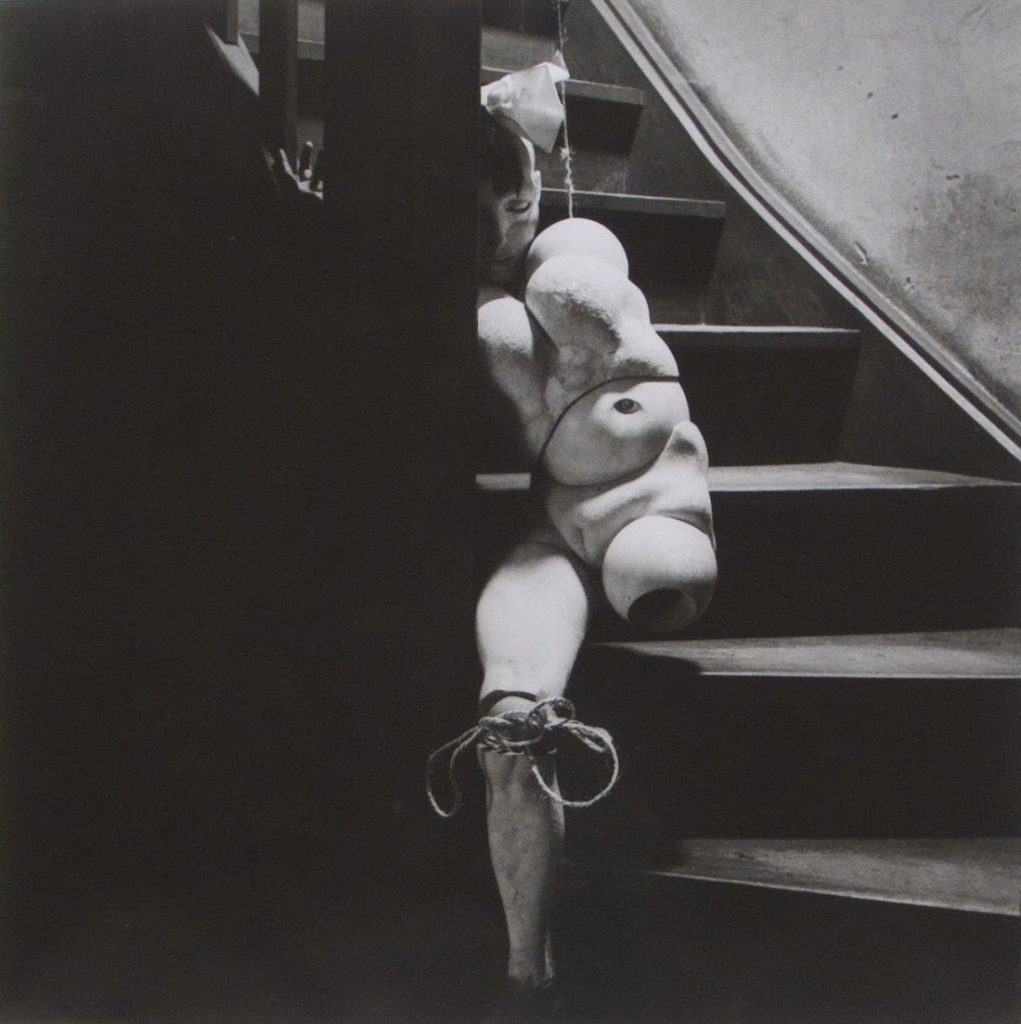
German artist Hans Bellmer (1902-1975) is considered one of the first practitioners of Surrealist photography, and is best known for his work portraying life-sized female dolls. Produced throughout the mid-1930s Bellmer explored the uncanny through his creation of these large dolls, and the display of the almost-but-not-quite humanness of their form. Missing limbs, the shortening of the existing ones, and creating mask-like faces for these pubescent “girls” led the viewer to a nervousness and fear when observing Bellmer’s works. Dripping with an unsettling eroticism, his work served as the inspiration for future humanoid figures, such as the 2001 anime film the Ghost in the Shell 2: Innocence.
William Eggleston
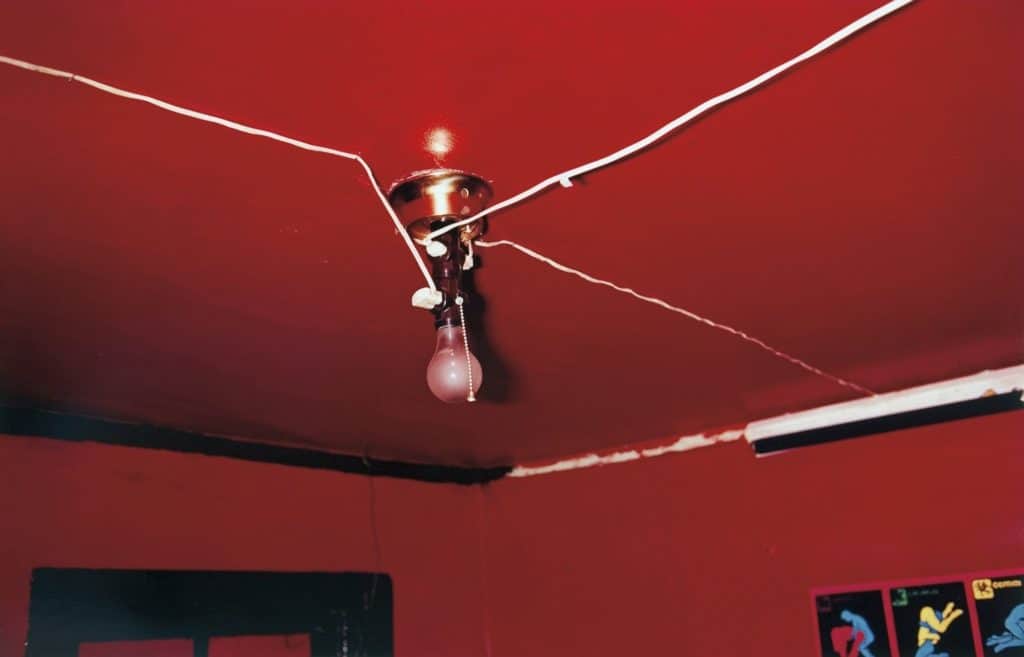
American photographer William Eggleston (1939-) explored the everyday surrealism of the mundane landscape of middle America. His focus on the banal has long been the visual inspiration for photographers and film directors such as David Lynch, Gus Van Sant, and Sofia Coppola’s deeply unsettling and bold visual languages. One of his most famous works, The Red Ceiling or Greenwood, Mississippi, 1973 has been said to, despite the mundane subject of a simple lightbulb in a ceiling, portray “some indefinable sense of menace”. Eggleston himself has explained the work, “When you look at the dye transfer print, it’s like red blood that’s wet on the wall. It shocks you every time”. The overpowering decor, coupled with the sexual positions poster on the wall (an item still available for $11 in Walmart today) adds a leering menace to a weirdly off kilter environment.
Diane Arbus
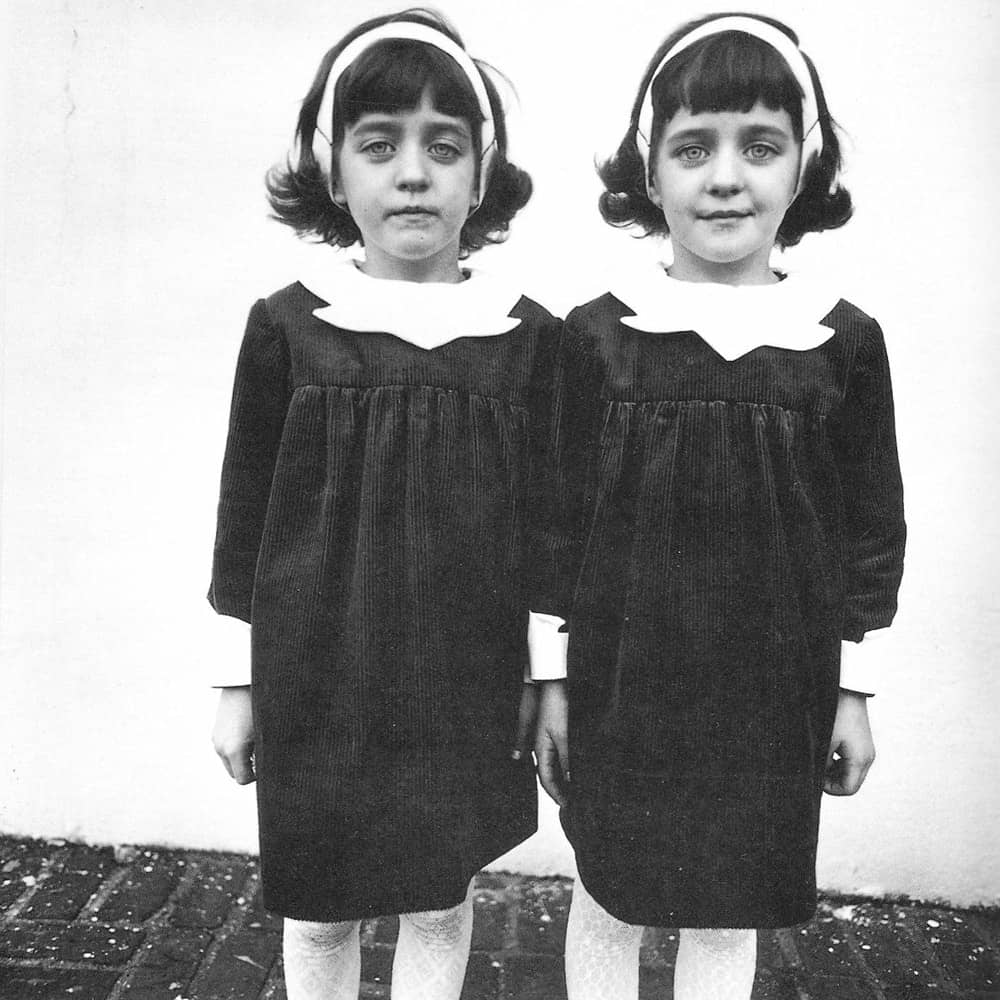
Often described as “the icon of the uncanny” in contemporary photography, American photographer Diane Arbus’ (1923-1971) photograph, Identical Twins, Roselle, New Jersey, 1967 was the direct inspiration for Stanley Kubrick’s use of twins in The Shining. However, this image’s relation to the uncanny was by no means a novel thematic exploration for Arbus, who spent her career seeking out the abnormal, strange, and unseen characters of America. Focusing her camera on the members of carnivals, nudist colonies, and mental institutions; Arbus populated her oeuvre with what might be considered the “cursed images” of those unfortunates on the fringes of society. Depicted with matter of factness and no small measure of compassion and acceptance, the subjects’ ‘otherness’ is a quality that creates unease even today.
Stephen Shore
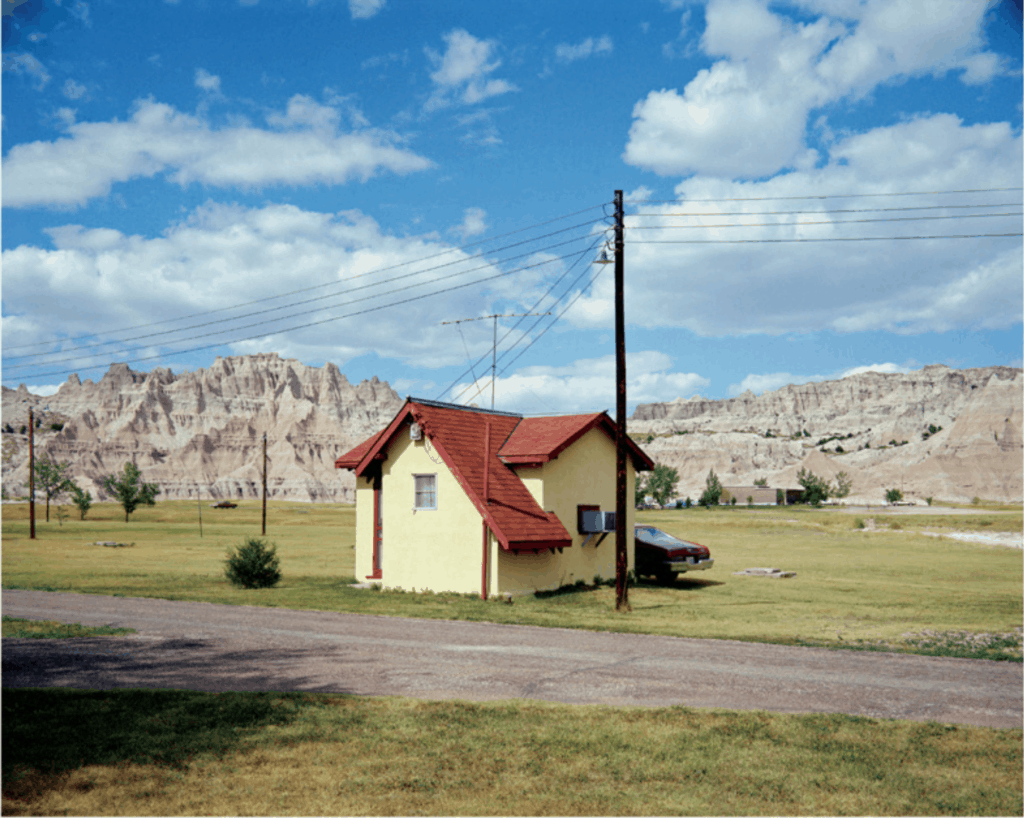
Like Eggleston, American photographer Stephen Shore (1947-) is best known for his images of everyday life, ordinary things across great swathes of the North American continent that we look at but never see. A pioneering force in recording the banal landscapes of Middle America as something noteworthy, his images are populated with gas stations, grocery stores, and fast food establishments. The lack of people and human life in his works, the confusion of scale and blurriness of perception, and the eerie and depressive emptiness of his photographs all work together to evoke this feeling of a cursed image in his audiences; somehow unsettling since the artist has managed to reveal things that, despite their all almost complete non- descriptness, are still somehow richly evocative.
Joel Sternfeld
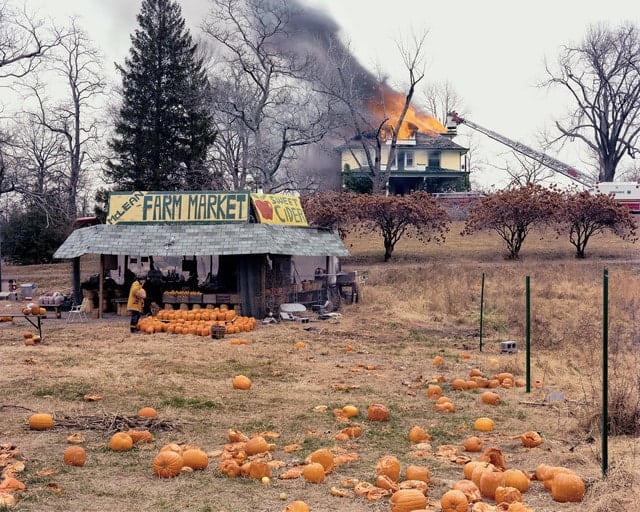
Often exploring humanity at odds with nature, time, or circumstance; photographer Joel Sternfeld (1944-) is known for chronicling a side of America not often seen in mainstream documentary photography. Sternfeld’s images capture an almost-normal portrayal of American landscapes, seen in images such as McLean, Virginia, December 1978, in which a suited firefighter calmly chooses a pumpkin from a pastoral stand while a massive fire blazes in the background. Though very close to a “normal” scene, the disparity between the serene action of the firefighter and the immediate need of his services in the background puts the viewer in a state of unease, experiencing the effects of the uncanny, or cursed image. What is largely unknown by the viewer is that the fire was a drill for the fireman and his crew, making his perusal of the pumpkins less alarming than would seem to be the case.
Paul McCarthy
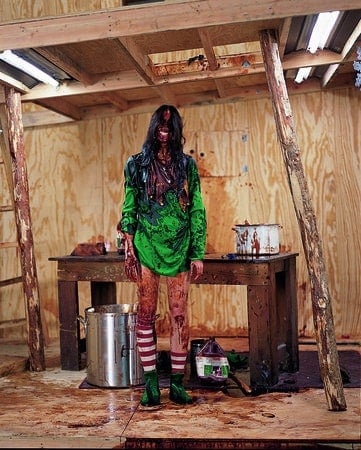
With an oeuvre so disturbing and fear-inducing contemporary artist Paul McCarthy’s (1944-) work alone could have populated this, and hundreds of subsequent articles on cursed images and the uncanny. As a major figure in art known as ‘Abject’ McCarthy has worked in painting, performance, film, and installation art; all in line with typically American themes of consumerism, fetishism, and the mass media while playing with the style and format of the European avant-garde. His works have consistently pushed the boundaries of what his audience would tolerate, turning beloved childhood figures like Disney characters, or Santa Claus and his elves, into the subject for pyschosexual nightmarish films and performance. A master of the grotesque, McCarthy paints a portrait of each and every sickness, psychosis, and the states in between.
Cindy Sherman

Best known for her film and media-inspired photography Cindy Sherman (1954-) has been producing unsettling and popular images that evoke the feeling of film stills, moments of drama caught in time for over 40 years. Sherman also experimented more explicitly with the uncanny and cursed images in her “disgust series” from 1986-1987. This series of untitled images portray subject matter related to female bodily functions, in the tradition of feminist abject art. Utilising forms that are familiar, yet uncannily incongruous, inappropriate or just removed from their rightful context, Sherman manages to unnerve, disgust and entertain in equal measure.
Gregory Crewdson
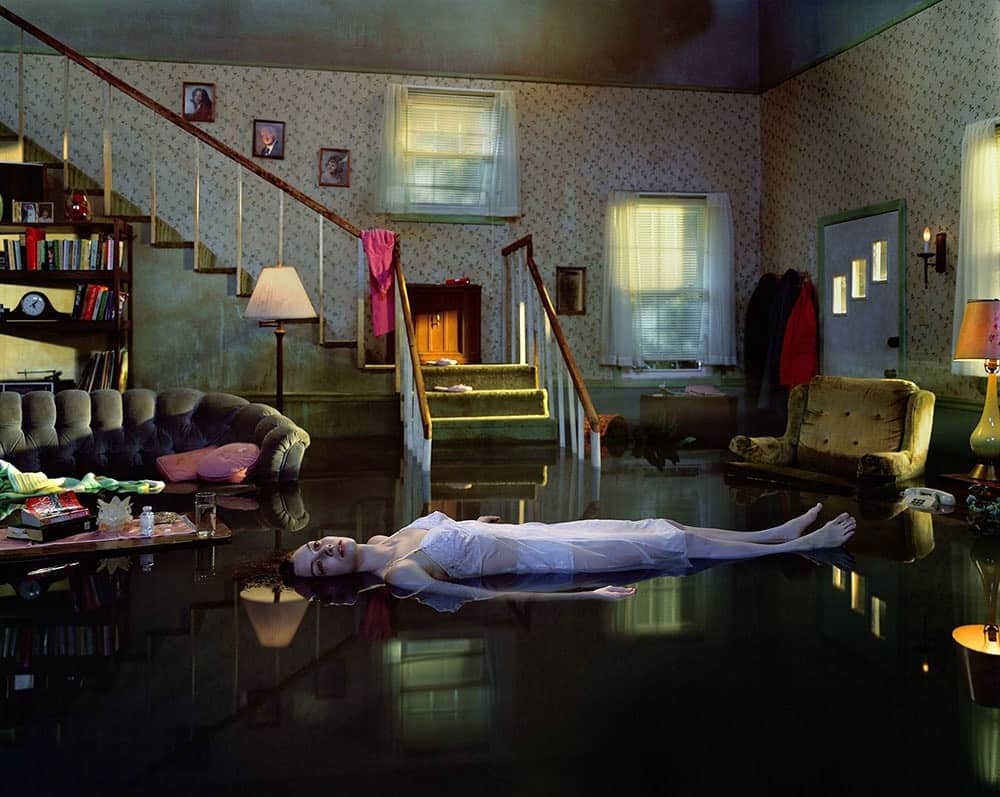
Known for his surrealist staged photographs of suburbia that utilise props and lighting to create dream-like narratives, Gregory Crewdson’s (1962-) work capitalises on his viewer’s shifting perceptions of reality. Directly influenced by the work of fellow uncanny artist Diane Arbus, Crewdson’s photography is increasingly involved in lavish movie scale productions; necessitating staging, lighting, and a crew of subjects. His work is inherently “unreal”, showcasing a side of humanity that is life-like enough to remind the viewer of themselves, while still radiating the unnerving lack-of-reality in which they are created. Evocative of the work of Stephen Shore and William Eggleston in their mundane Middle America subject matter, whilst also recalling some of the unnerving elements of the works of Stephen Spielberg and Stephen King, Crewdson’s otherworldly staging and props take his photographs to their cursed image extreme.
Alec Soth
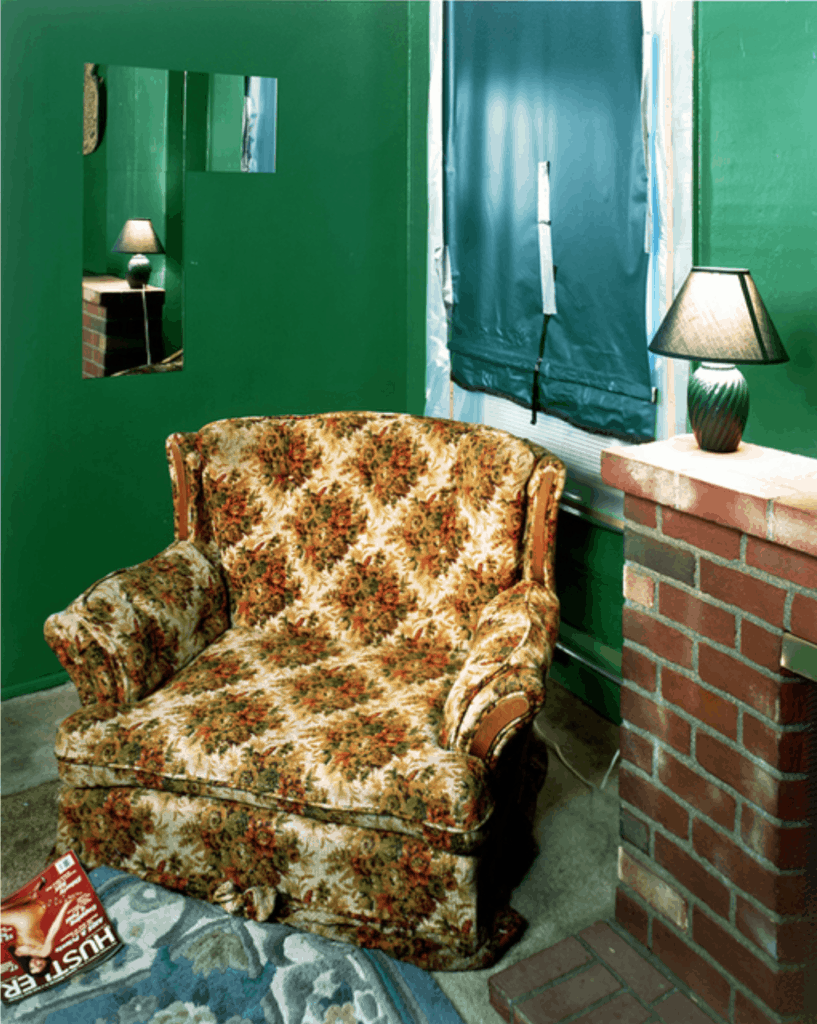
Using previously unexamined places for the subject of his photography Alec Soth’s (1969-) images present an uncanny world where traces of human activity lie everywhere, even when the people themselves are unseen. His images of abandoned furniture, a broken bed with plants growing through the frame or a rolling desk chair left at the edge of a lake, leave viewers with a creeping sense of dread upon viewing this world in which only vestiges of their presence is depicted. His colourful print Sugar’s, Davenport, IA, 2002 presents an empty orange-patterned chair and redbrick fireplace in contrast with violently green curtains and painted walls. The woman on the cover of the Hustler magazine at the foot of the chair stares up at the ceiling while laying upon a rumpled rug, disturbed and disturbing at once.
Roe Ethridge
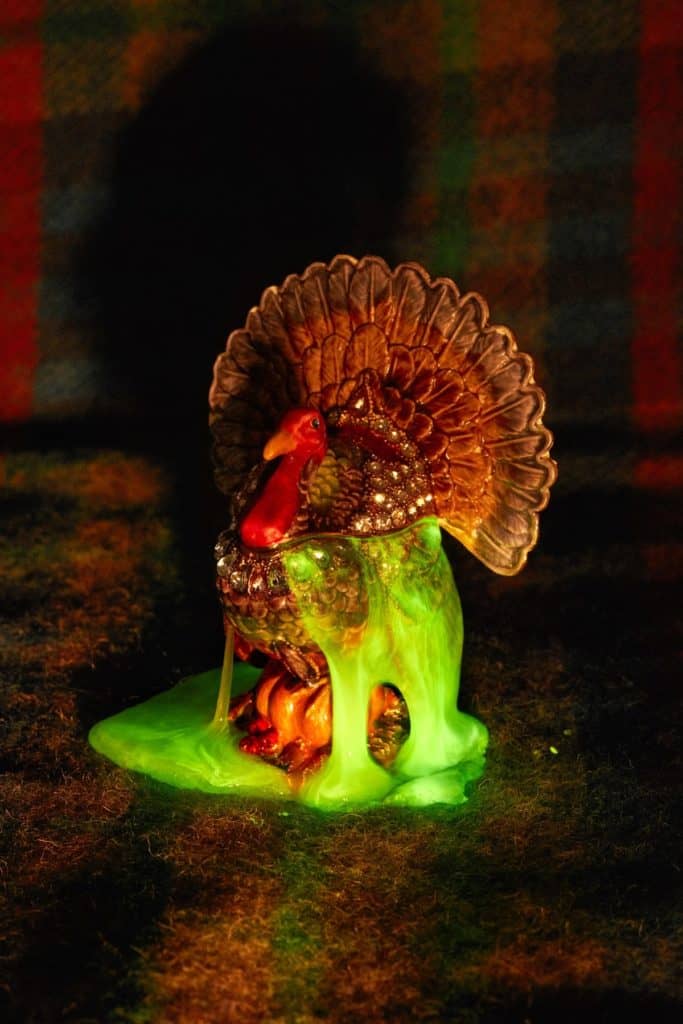
Best known for his fashion and commercial photography Roe Ethridge (1969-) has made a name for himself as a heavily stylised photographer characterised by a wry wit and technical sophistication. Interested in combining the glossy commercialised style of magazine photography with highly personal subject matter, Ethridge’s work comes off as familiar but removed, uncanny in its relationship to reality. Utilising generic materials, like a plastic salt and pepper shaker turkey, to explore themes of commodification and image; he plays with traditional Dutch portraiture and still-life styles whilst using contemporary objects. By utilising real objects paired with vaguely unbelievable circumstances, Ethridge’s images often come down on the creepy side of banality in their parallels to cursed images.
Relevant sources to learn more
The Tate explores The Uncanny as an art term
Explore more about the uncanny in art with The White Cube Diaries
Check out other works that have gained internet attention like Piss Christ or Nude Photography
Bill Brandt: The Beautiful and the Sinister


